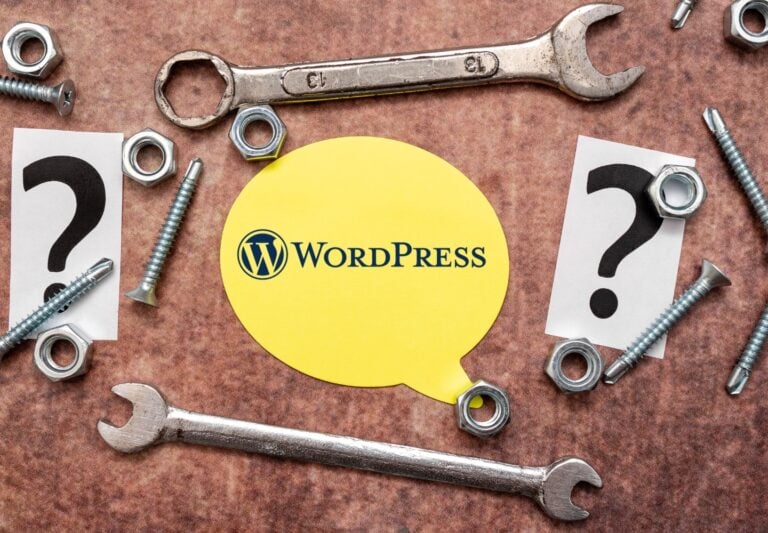As an e-commerce business owner, you know that getting clicks on your products is just the first step in the sales process. The ultimate goal is to turn those clicks into conversions, and this is where product optimization comes in. In this article, we will explain how e-commerce product optimization can transform your sales and provide you with the best practices to achieve it.
Affiliate disclosure: Warren Research is supported by our audience. When you make a purchase through links on our site, we may earn an affiliate commission. Learn more.
Introduction to E-commerce Product Optimization
Product optimization is the process of improving the visibility, relevance, and appeal of your products to your target audience. It involves various techniques and best practices that aim to increase the conversion rates of your product listings. Product optimization can help you attract more potential customers, improve their shopping experience, and ultimately increase your revenue.
The Importance of Optimizing Your Product Listings
Optimizing your product listings is essential for several reasons. First, it helps your products appear in search results when potential customers search for related keywords. Second, it helps you stand out from your competitors by showcasing your unique selling proposition. Third, it can improve the user experience of your website by providing accurate and detailed information about your products.
Optimizing your product listings can also increase your conversion rates. By providing a clear and compelling value proposition, you can convince potential customers to make a purchase. Moreover, optimizing your product listings can help you reduce the bounce rate of your website, as customers are more likely to stay and explore your products when they find what they are looking for.
Understanding Your Target Audience and Their Needs
To optimize your product listings effectively, you need to understand your target audience and their needs. This involves identifying the demographics, psychographics, and buying behaviors of your ideal customers. You can use various tools and techniques to collect this information, such as surveys, customer feedback, and analytics data.
Once you have a clear understanding of your target audience, you can tailor your product listings to their needs and preferences. This includes using language and tone that resonates with them, highlighting the benefits and features that matter to them, and providing social proof and testimonials that build trust and credibility.
E-commerce SEO Techniques for Product Optimization
Search engine optimization (SEO) is a critical component of product optimization. It involves optimizing your product listings to rank higher in search results and attract more organic traffic. There are several e-commerce SEO techniques that you can use to optimize your product listings, such as:
- Keyword research: Identify relevant keywords and include them in your product titles, descriptions, and meta tags.
- On-page optimization: Optimize your product pages for speed, mobile-friendliness, and user experience.
- Link building: Build high-quality backlinks to your product pages to improve their authority and ranking.
- Content marketing: Create informative and engaging content that attracts potential customers and promotes your products.
Best Practices for Product Listing Optimization
Optimizing your product listings involves several best practices that can improve their visibility, relevance, and appeal. Here are some of the best practices to follow:
Using High-Quality Product Images and Videos
Visual content is an essential component for e-commerce product listings. It helps customers visualize the product and its features, and helps make the products more appealing and trustworthy.
In order to optimize your product images and videos, you should:
- Use high-quality images that showcase the product from different angles and in different settings.
- Use videos that demonstrate the product in action and provide a more immersive experience.
- Optimize your images and videos for speed and accessibility by compressing them and providing alternative text.
Writing Compelling Product Descriptions
Product descriptions are crucial for providing customers with the information they need to make a purchase decision. To write compelling product descriptions, you should:
- Use clear and concise language that describes the features and benefits of the product.
- Highlight the unique selling proposition of the product and how it solves the customer’s problem.
- Use storytelling techniques to make the product more relatable and memorable.
- Use social proof and testimonials to build trust and credibility.
Optimizing Product Titles and Meta Tags
Product titles and meta tags are another critical element for e-commerce SEO. They help search engines understand the content of your product listings and rank them accordingly. To optimize your product titles and meta tags, you should:
- Include relevant keywords that describe the product and its features.
- Use descriptive language that accurately reflects the product and its benefits.
- Use action-oriented language that encourages customers to click and explore the product.
- Keep your titles and meta tags concise and within the recommended character limits.
Tracking and Analyzing the Results of Your Optimization Efforts
To ensure the effectiveness of your product optimization strategy, you need to track and analyze the results regularly. This involves monitoring your various website analytic data, such as traffic, bounce rate, conversion rate, and revenue. You can use various tools and techniques to track and analyze your results, such as:
- Google Analytics: Track your website traffic, user behavior, and conversion rates.
- A/B testing: Test different variations of your product listings to see which ones perform better.
- Heat mapping: Analyze how customers interact with your product pages and identify areas of improvement.
- Customer feedback: Collect feedback from your customers to understand their needs and preferences.
Tools and Resources for E-commerce Product Optimization
There are several tools and resources available to help you optimize your e-commerce product listings. Here are some of the most useful ones:
- Keyword research tools: SEMrush, Ahrefs, Google Keyword Planner
- Image and video optimization tools: Adobe Photoshop, Canva, Wistia
- WordPress SEO plugins: Yoast SEO, Rank Math, All in One SEO Pack
- A/B testing tools: Optimizely, AdvaCRM, Google Marketing Platform
- Heat mapping tools: Crazy Egg, Hotjar, Mouseflow
Conclusion: Transforming Your Sales Through Product Optimization
Product optimization is a crucial process that can transform your sales and revenue. By understanding your target audience, optimizing your product listings, and tracking your results, you can attract more potential customers, improve their shopping experience, and increase your conversion rates. Follow the best practices and use the tools and resources mentioned in this article to optimize your e-commerce product listings and take your business to the next level.
To Summarize
If you’re ready to optimize your e-commerce product listings and transform your sales, start by identifying your target audience and their needs. Use the best practices and tools mentioned in this article to optimize your product titles, descriptions, images, and videos. Finally, track and analyze your results regularly to ensure the effectiveness of your optimization efforts.





